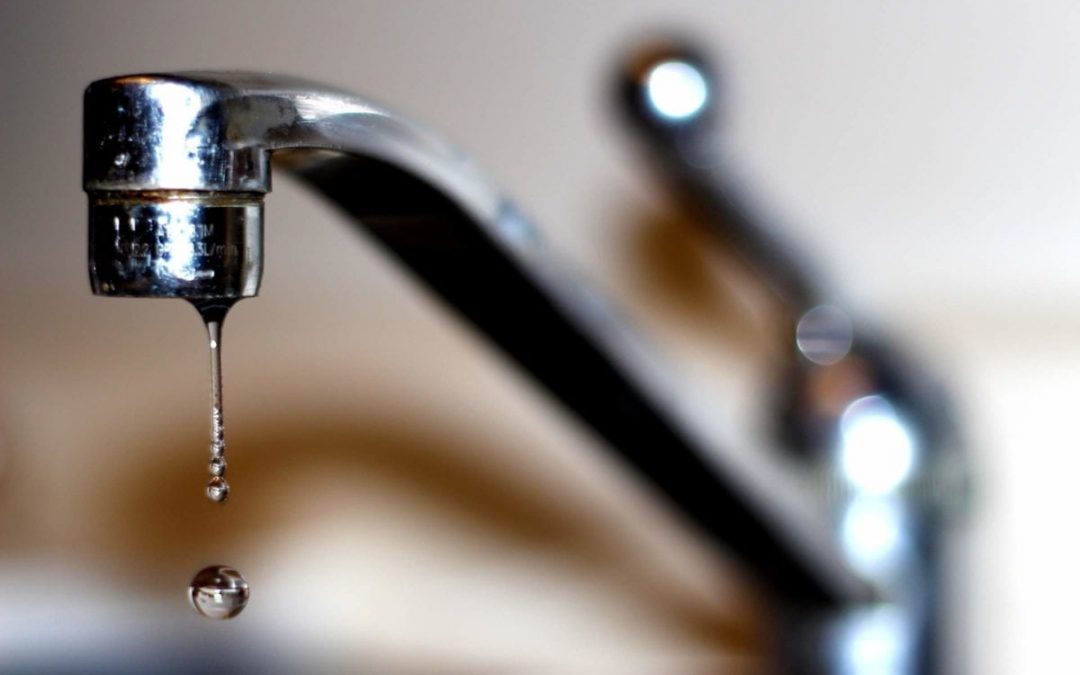They are making several good observations on the subject of Low Water Pressure in the House? overall in this article just below.

Low water pressure in your home can be an irritating issue, impacting everything from showering to washing dishes. If you're experiencing weak water circulation, there are numerous possible reasons and services to discover. In this overview, we'll talk about typical reasons for low tide stress and sensible steps to deal with the concern efficiently.
Introduction to Low Water Stress
Low tide pressure occurs when the circulation of water from your faucets, showers, and various other components is weaker than common. This can make everyday tasks a lot more tough and much less efficient. Understanding the reasons for low water stress is critical to locating the appropriate solution.
Common Reasons For Low Tide Stress
Pipeline Obstructions
With time, pipes can end up being clogged with natural resource, sediment, or debris, restricting the circulation of water. This is an usual issue in older homes with galvanized steel pipelines.
Corrosion
Corrosion within pipes can cause leakages and minimized water stress. Corrosion accumulation can restrict water circulation, especially in maturing plumbing systems.
Faulty Pressure Regulators
Stress regulatory authorities are in charge of keeping regular water stress in your house. If they malfunction, it can cause low water stress or uneven flow throughout your home.
Municipal Water Supply Issues
Occasionally, the issue exists outside your home. Local water concerns, such as main line leakages or maintenance job, can briefly lower water stress in your location.
Exactly How to Detect Low Tide Pressure
Inspecting Taps and Fixtures
Begin by evaluating the water pressure at different taps and fixtures throughout your home. If the concern is separated to specific locations, it may suggest local troubles.
Examining Pipelines
Examine noticeable pipes for signs of leakages, corrosion, or clogs. Focus on any kind of uncommon noises, such as knocking or rattling pipes, which might show issues within the plumbing system.
Consulting with a Plumber
If you're unable to identify the root cause of low tide stress, take into consideration hiring a professional plumber to perform a thorough inspection. They can identify underlying issues and advise proper options.
DIY Solutions to Fix Low Water Pressure
Cleansing Aerators and Showerheads
Natural resources can build up in aerators and showerheads, decreasing water circulation. Get rid of and cleanse these elements frequently to boost water stress.
Flushing Water Heater
Sediment build-up in the water heater can restrict flow and lower performance. Flushing the storage tank occasionally helps get rid of debris and preserve ideal efficiency.
Checking Pressure Regulator
Guarantee that the stress regulator is operating appropriately. Changing or replacing the regulator can assist recover appropriate water pressure throughout your home.
Clearing Clogs in Piping
For small blockages, try using a plumbing snake or chemical drain cleaner to clear obstructions in pipelines. Be cautious when making use of chemicals and follow safety guidelines.
When to Call an Expert Plumber
If DIY efforts stop working to solve the concern or if you suspect considerable plumbing problems, it's finest to look for aid from a certified plumber. They have the know-how and devices to resolve intricate concerns safely and properly.
Safety Nets to Preserve Water Stress
Regular Upkeep
Schedule routine maintenance for your plumbing system to stop issues such as deterioration, leakages, and blockages. Addressing minor issues early can help avoid even more considerable repairs later.
Setting Up a Stress Booster
Take into consideration setting up a pressure booster pump to enhance water pressure in locations with regularly reduced flow. This can be especially useful for multi-story homes or properties with high-demand components.
Monitoring Water Usage
Bear in mind water usage habits and stay clear of ill-using the plumbing system. Easy adjustments, such as incredible showers and laundry loads, can assist keep appropriate water stress.
Final thought
Taking care of low tide pressure can be aggravating, however determining the underlying reasons and executing ideal solutions can recover optimum flow throughout your home. Whether it's cleaning aerators, evaluating pipelines, or seeking advice from a plumber, taking aggressive steps can make sure a steady supply of water for your everyday demands.
How to Fix Low Water Pressure In Your Home
Municipal Water Supply Issues
Scheduled maintenance, high demand, and water main breaks are all potential causes for low water pressure within a city or county’s water lines. While there’s not much you can do to personally fix a problem with your city or county’s water supply system, you can play a big role in documenting the issue and alerting those who can.
How to fix it:
- Ask your neighbors if they are experiencing any issues with low water pressure. If multiple homes are affected, it’s likely related to the city’s water line.
- Contact the local Water Authority to see if there is any maintenance taking place that might be affecting your supply. Also let them know of your specific issues. If other homeowners report the same issues, they’ll know that there could be a larger issue to look into.
Faulty Fixtures
A damaged or clogged shower head, faucet or appliance is the first thing we’d suggest checking, especially if low water pressure appears to be isolated to a specific area of your home.
How to fix it:
- First, turn off the main water supply to your home.
- Check the affected appliances for build-up or debris. In the case of a faucet, you can simply unscrew the aerator at the tip of the faucet. Showerheads should be fully detached from the water pipe.
- While the appliances are detached, you may want to check the water supply to determine if the fixtures were in fact the issue.
- To clean, soak the showerhead or aerator in vinegar and brush off any visible debris.
- Reattach the fixtures and check the water pressure again. If it is still low, there is likely a deeper issue at hand, which can be determined by a professional plumber.
Pipe Obstructions
Mineral deposits, rust or other debris within water pipes can lead to blockages or corrosion over time.
How to fix it:
When you think of a clog, you probably think of a drain clog. While there are many DIY solutions to clearing a drain, clogs in a water pipe will almost always require the help of a professional plumber. A plumber will be able to locate the affected pipe and clean out any debris or mineral deposit buildup. In severe cases, the pipe may need to be replaced. Your plumber might also recommend a water softening system to remove the minerals from your home’s water supply that can contribute to pipe blockages over time.
Plumbing Leak
Undetected water line leaks can divert water away from your residential pipes, reducing the water pressure in your fixtures.
How to fix it:
- Check your water meter by turning off all water sources and monitoring the meter for any movement, which could be a clear indicator of a potential leak.
- Check all visible pipes for signs of leaking, including water stains, active dripping or damp spots around the pipe.
- Inspect fixtures, including faucets and showerheads, for any drips.
- Test the pressure but recording the pressure with the main water valve shut off. Leave off for a few hours and test again. A significant drop in pressure is a clear sign of a leak.
https://kiddcoplumbing.com/plumbing-blog/how-to-fix-low-water-pressure/

We had been shown that article on Low Water Pressure in the House? through a friend on a different web page. Are you aware of somebody who is in the market for the topic? Be sure promote it. I value your readership.
Call
Comments on “Practical Methods for Overcoming Low Water Pressure in Your Home”